Flying cars, also dubbed electric air taxis, have been around for a long time, thanks to all the sci-fi movies and commercials. With major aerospace behemoths like Airbus and Boeing and the equally competitive entities from the automotive industries like Toyota and Hyundai getting on the bandwagon of autonomous travel, experts are upbeat that short-distance air mobility might become a thing of reality, and soon.
Joby Aviation and Archer Aviation, based in California are two eVTOL start-ups that went public this year. Additionally, Amazon and UPS-backed Beta Technologies have developed Alia, an electric vertical take-off and landing aircraft, or “eVTOL,” helicopter-like aircraft that can take off and land without runways.
The online shopping giant, in collaboration with several others, has invested in Beta Technologies-an electric aircraft maker whose Alia eVTOL aircraft could be key to meeting Amazon's target of net-zero carbon emissions by 2040.
PCMag
According to Amazon, Alia can carry 1,500 pounds of cargo, that's about three cargo pallets or six people with a range of 250 nautical miles. The cabin is designed to accommodate 600 pounds of payload, with one of the five battery packs removed. Kyle further The company has stated that its primary focus would be on short-hop deliveries that would otherwise require a small conventional aircraft or truck.
However, though, Amazon's investment won't pan out until at least 2024, when Beta expects to deliver its first aircraft.
We’re actually going to win at the passenger game because by the time others are doing passenger missions we will have thousands of aircraft, millions of flight hours and a safe, reliable, vetted designBeta company founder and CEO Kyle Clark has told Forbes
Kyle further states that frequent flying will allow up to 90% savings on fuel and cheaper maintenance due to the fewer parts of electric propulsion systems. And if that wasn't enough, Beta is also developing charging stations for electric aircraft of all types.
With currently 9 such stations in place, Clark’s plan is for them to fill slowly at off-peak times, with excess power sold back at peak to utilities.
The aircraft is the sexy part but we’re going to make big money off batteriesClark gushes
Beta has also managed to bag an impressive 150 orders for Alia from UPS, priced at $4-$5 million apiece. Furthermore, it has also won contracts worth $43.6 million to test out Alia for military use after becoming the first electric aircraft to win airworthiness approval from the Air Force for manned flight in May.
From drones to all-electric planes, Amazon has been at the forefront of revolutionizing delivery | Amazon
SOURCE(s)
COVER: Clean Technica
Read next
After Facebook and Microsoft, Boeing enters the world of "metaverse"?
Prashant-prabhakar
19 Dec 2021
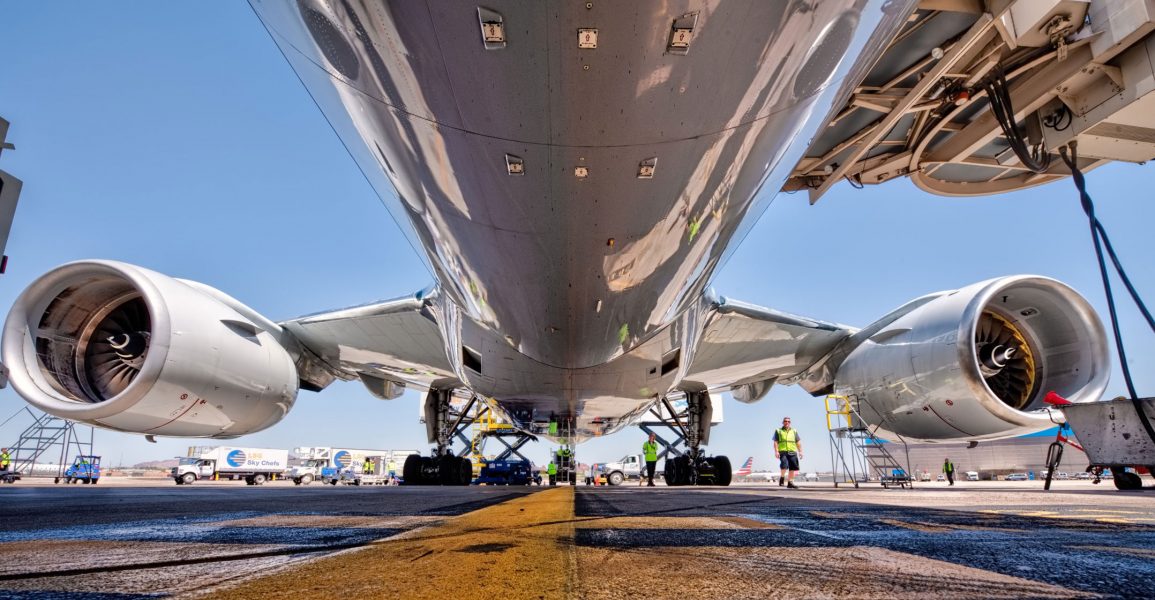
Boeing and Airbus are ranked as the two leading aircraft manufacturers worldwide. Both companies have produced models that have been highly successful in the market.
Business Traveller
The Boeing B777-X and the A350F are some of the company's most recent models, both of which were unveiled at the very recent Dubai Airshow, which concluded last month.
As of September 2021, Airbus leads its rival Boeing over deliveries with the former having sold 269 planes in the first eight months of the year while the former has been gradually clearing a backlog of undelivered jets following the almost two-year safety grounding of B737MAX.
After a spat of issues throughout the year, ranging from structural flaws in the B787 Dreamliner to the 737 MAX crisis, Boeing now wants to regain its engineering prowess in the market, starting in 2022.
How does it plan on achieving that?
Think of twinning robots that speak to each other, mechanics from around the world coming together connected by a $3,500 HoloLens headsets made by Microsoft Corp (MSFT.O)- this is Boeing's latest idea of a factory coming of age.
Microsoft HoloLens | Inexhibit
It's about strengthening engineering. We are talking about changing the way we work across the entire companyBoeing's chief engineer, Greg Hyslop, told Reuters in his first interview in nearly two years.
The ambitious new strategy by Boeing comes as a response after years of cut-throat competition and the need to fast-track bulging orders.
Guillaume Faury, Airbus Chief Executive, appears to share the same views. The power of data needs to be leveraged to optimize and invent new industrial systems is what he said,
This begs the question- How can metaverse be integrated into aviation?
Contribute
Metaverse is technically an online virtual world that incorporates augmented reality, virtual reality, 3D holographic avatars, video and other means of communication. As the metaverse expands, it will offer a hyper-real alternative world for anyone to coexist in.
Boeing's blueprint to integrate this groundbreaking technology is as follows- it plans on creating "twin replicas" of jets. These 3D replicas would be held together by "digital threads" which will contain every information about the aircraft-from airline requirements, to millions of parts, to thousands of pages of certification documents - extending deep into the supply chain.
More than 70% of quality issues at Boeing can be traced back to some kind of design flaw. The company believes bringing virtual reality or augmented reality, coupled with speed, improved quality and better communication, the reaction time in response to these issues can be improved drastically.
When the quality from the supply base is better, when the airplane build goes together more smoothly, when you minimize re-work, the financial performance will follow from thatGreg Hyslop
What does the popular opinion say?
According to critics, this sounds good on paper but can be questionable when it comes to actual implementation. Apparently, this won't be the first time digital technology has been used in developing aircraft. Take, for instance, the T-7A RedHawk military training jet, and the B777X mini jumbo to some extent was developed but with its share of defects.
T-7A RedHawk military training jet | The Aviation Geek Club
Is it worth pursuing? By all means. Will it solve all their problems? NoTeal Group analyst, Richard Aboulafia
The Boeing company understands the road to digital digitalization is a long one and hence would come with organizational and cultural changes across the company-industry sources say.
Did you know? Boeing has a running start with its 777X wing factory in Washington state, where the layout and robot optimization was first done digitally. But the broader program is years behind schedule and mired in certification challenges.
SOURCE: Reuters
COVER: TechCentral
Read next
Think of splurging in a first-class seat, sipping on bloody Mary or popping Champagne or perhaps getting a free business class seat while on company travel? Offering a travel experience like no other, even in economy class, the Airbus A380 is the worlds biggest passenger plane to have been built so far.
The Emirates A380 horseshoe bar lounge | The Champagne Mile
Emirates airlines have been its biggest customer so far with the aircraft featuring Private flat-bed suites, an up-in-the-air lounge and cocktail bar, a personal mini-bar at each seat and not to mention the comfy shower spas onboard its fleet of double-decker plane.
We’ve developed the most passenger preferred aircraft in the worldAirbus head of business analysis and market forecast Bob Lange says
Why then, did Airbus decide to pull the plug on one of the most iconic engineering marvels to adorn the skies?
Long story short and ironical as it may sound, is the low number of planes sold.
In the end, you have to face facts, and we could see that we were building A380s faster than people were ordering themLange says
Secondly, with continuous operations, the plane ages and so does the cabin.
A380 Premium Economy | AERONEF.NET
The more seats there are, the higher are the costs of cabin upgrading. Investing over $45 million (£37m),in-seat upgrades, made little sense over-investing in newer aircraft instead. Air France has decided to phase out all of its 10 A380s by 2022 for the very same reason.
Thirdly, the external design and economics played a huge factor in the phasing out of this iconic aircraft. The A380 sports 4 massive engines requiring more investment into them as opposed to the much cheaper and new generation of super-efficient, twin-engine planes, such as Boeing’s 787 Dreamliner and Airbus’s A350.
Boeing B787 Dreamliner | Quora
Given that fuel is the biggest operating cost for an airline, anything airlines can do to lock in lower fuel and maintenance costs is likely to be highly attractive. In many cases, airlines have opted to base their fleet renewal plans around these twin-engine variants, in some cases even bring forward the planned retirement dates of quad-engined aircraft as a consequenceAndrew Smith, director of Deloitte’s global transport practice
https://www.youtube.com/watch?v=rDoj6VI_8fg
Last Airbus A380 Delivery | This would be the 123rd jumbo jet for Emirates | Youtube
Although shelved, the technology used for the A380 program hasn't gone out of the window. With almost more than 380 parents on the A380, most has been used on smaller planes in Airbus.
Airbus has delivered the last A380 to Emirates on Thursday, thereby marking the end of a 14 year run of the majestic jumbo jet.
With the A380 gone, the massive 122,500 sq m assembly plant in Toulouse now remains deserted.
Airbus to soon convert its A380 Toulouse facility to A321 final assembly line
SOURCE(s)
COVER: Emirates
Read next
In a major boost to indigenisation, Hindustan Aeronautics Limited on Thursday, December 16 signed a contract with Bharat Electronics Limited for the development and supply of 20 types of systems for the LCA Tejas Mk1A programme.
The five-year contract spanning from 2023 to 2028 is valued at INR 2,400 crore and involves supplying critical avionics Line Replaceable Units (LRUs), flight control computers and night flying LRUs, Bengaluru-headquartered HAL said in a statement.
"This is the biggest ever order that HAL has placed on any Indian company boosting 'Atmanirbhar Bharat' campaign," it said.
"LCA Tejas programme is an excellent example of synergies between Indian Defence establishments such as HAL, DRDO & BEL. The current order for development and supply of 20 types of critical avionics LRUs for Tejas Mk1A is a shot-in-the-arm for Make in India activity."R Madhavan, CMD, HAL
The order for the supply of these systems for the 83 Tejas Mk1A fighter fleet will be executed by two Divisions of BELat Bengaluru and Panchkula (Haryana). All the contracted items will be delivered by BEL to HAL in a ready-to-board condition, the statement said.
Deliveries under 83 Tejas Mk1A order to IAF will commence from 2023-24.
"We are pleased to receive this order from HAL for the prestigious LCA Tejas programme and look forward to continuing strong partnership and joint success with HAL."Anandi Ramalingam, CMD, BEL
The home-grown fighter is slated to be equipped with indigenous flight control computers, air data computers which would also be supplied by BEL under this contract. These systems have been designed and developed by various labs of DRDO and Aeronautical Development Agency, Bengaluru.
The contract documents were handed over by General Manager LCA Tejas Division, HAL, E P Jayadeva to General Manager (EW&A) BEL, Manoj Jain.
Read next
BLADE India launches helicopter service from Bengaluru to Coorg and Kabini
Radhika Bansal
17 Dec 2021
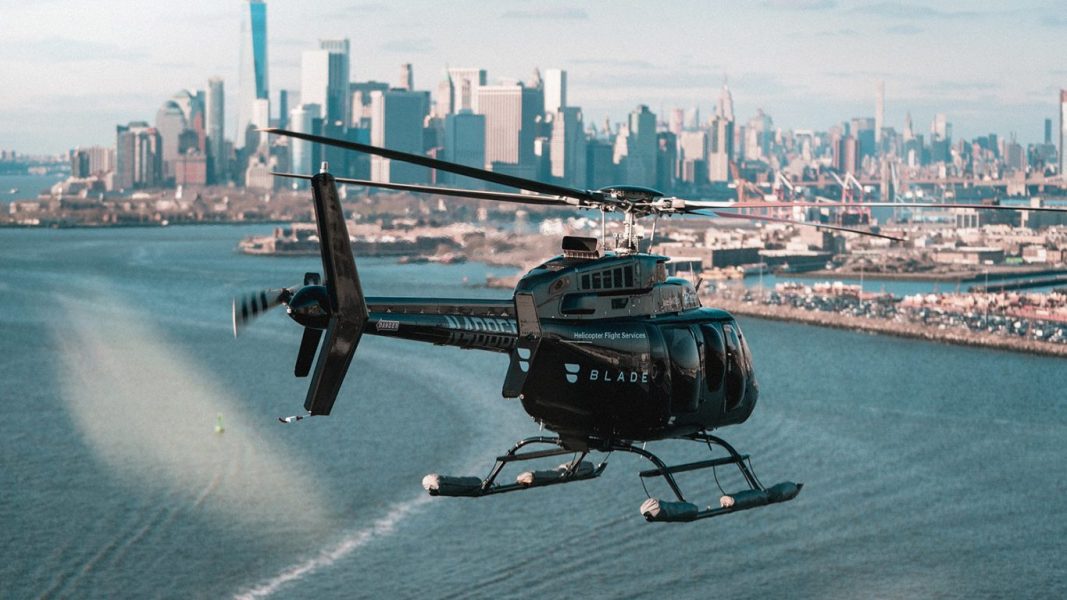
The Indian subsidiary of US-based helicopter transport firm BLADE has launched its scheduled by-the-seat services on Bengaluru-Coorg and Bengaluru-Kabini routes in Karnataka.
BLADE first entered the state in December 2020 with its weekend private charter services. With the launch of the services on the two routes, travel time to the two cities from the state capital will be reduced from 6-7 hours by road at present, the company said in a release.
"Karnataka boasts of some of the most beautiful destinations in the country, however, their accessibility is a pain point. 6-7 hours of road travel from Bangalore eat into the precious time that travellers could otherwise spend enjoying their holiday. BLADE mitigates this pain with an hour's seamless experience." Amit Dutta, MD, BLADE India
BLADE India said it aims to connect congested and inaccessible surface routes in the country through an efficient air transport system and provide an all-around holistic experience through its baggage and ground transfers and partner benefits.
BLADE India said it has tied up with Evolve Back Resorts to enable customers to book their flight and stay at once; land at the property directly in an hour and be more accessible.
"We are excited to partner with BLADE India as they offer Helicopter Transfers from Bangalore to our resorts in Coorg and Kabini. This will give a huge boost to luxury travel in Karnataka and will transform the leisure tourism industry in the months to come."Thomas Emmanuel Ramapuram, Director-Sales, Evolve Back Resorts
BLADE India, a joint venture between BLADE Urban Air Mobility Inc, headquartered in New York, and New Delhi-based venture capital firm Hunch Ventures, started operations in Maharashtra in 2019.
According to the company website, the trip from Jakkur aerodrome in Bengaluru to Coorg costs Rs 16,000 per seat.
Meanwhile, in June 2021, the Karnataka Tourism Department got approval from the Youth and Sports Services department and Airport Authority of India (AII) to use Jakkur aerodrome and five other airstrips for heli-tourism purposes.
The state government was planning to use Jakkur for landing and take-off purposes. The department is also planning a circuit for tourists to take helicopters to Goa, Tamil Nadu, Pondicherry and Kerala.
Read next
From bi-planes and human drones to private jets, these car companies have made it all
Prashant-prabhakar
16 Dec 2021
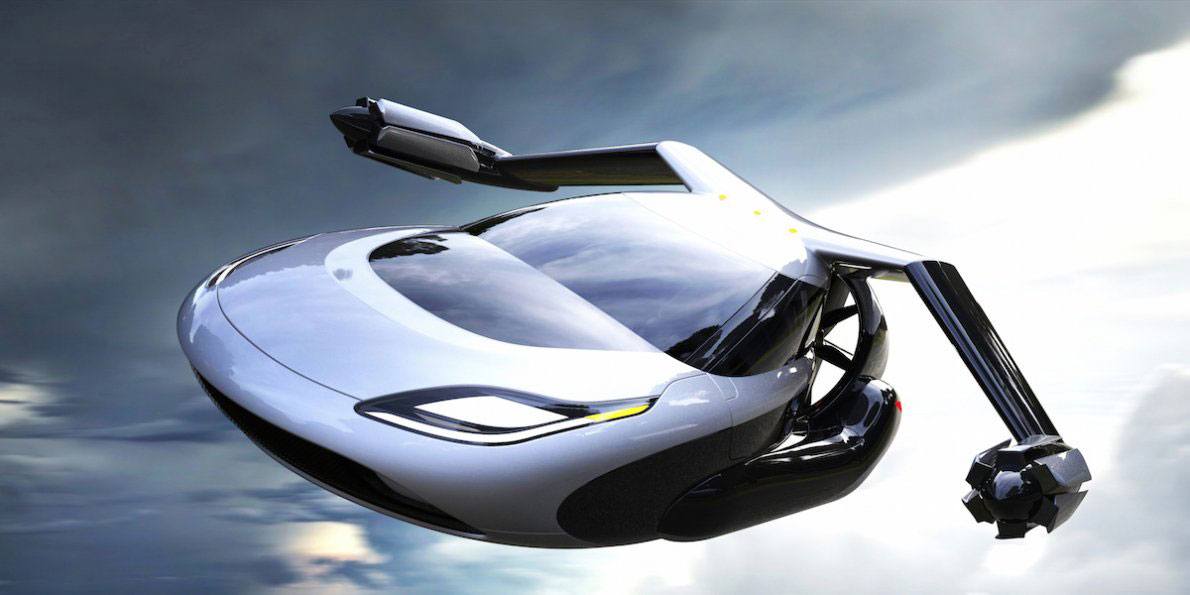
As ironic as it may sound, the many well established automotive companies we see today, have at some point in time, dabbled in aviation. It wasn't until the end of the 19th century though, with the first Model T from an assembly line in 1913, Ford, that the automotive sector actually "took off".
Here's a rundown of 6 such automotive companies that tested their waters in aviation.
1. BMW
Bayerische Motoren Werke AG is a German multinational corporate manufacturer of luxury vehicles and motorcycles.
What many isn't aware, is that the company started as a manufacturer of aircraft engines, which is produced from 1917 until 1918 and again from 1933 to 1945.
HotCars
The most popular engine was the large 41.8-litre engine of which they had demand for over 61,000.
Did you know? Their logo is a picture of their iconic 801 engine on an airplane operated during World War II
Wikipedia
2. Chevrolet
Chevrolet also referred to as "Chevy", is an American automobile division founded by Louis Chevrolet, who had a deep interest in aircraft. He, together with a few other businessmen, developed a four and six-cylinder engine that would go on to be the powerhouse of the Travel Air Biplane in 1929 under the brand name "Chevolair."
HotCars
They would go on to develop the D-333 4-cylinder Engine, which would be used in various aircraft from a monoplane to a seaplane.
3. Ford
Yet another American multinational automobile manufacturer founded by Henry Ford, the company also dabbled in aviation for a brief period between 1925 and 1933.
After having bought the aircraft company, Stot, in 1925, Ford used one of its engines to construct a tri-engine aircraft that could house up to 7 passengers.
"Flivver" was yet another tiny project by the company which, quite unfortunately, didn't sustain for long.
Flivver | nateqnews.com
4. Fiat
Fiat Automobiles is the largest automobile manufacturer in Italy. What isn't well known is "Fiat Aviazione"- an Italian aircraft company that started in 1908.
CR 42 Falco Biplane
The Fiat CR.42 Falco Biplane, the BR.20 bomber and the Harrier jump jet (an early eVTOL aircraft) are some of the accomplishments on Fiat's aviation resume.
BR.20 bomber
Additionally, they have been consultants on the Boeing B747 project as well.
5. Toyota
Founded by Kiichiro Toyoda, Toyota Motor Corporation is a Japanese automobile manufacturer. With no active aircrafts manufactured under their name per se, the company had previously made the TAA-1 a light aircraft prototype made for Japan and the United States.
Toyota TAA-1 | Euroga.org
Very recently, they have joined with Joby Aviation, an eVTOL company based in the US, to unveil a two-person drone capable of taking off vertically.
6. Subaru
Yet another automotive manufacturer based in Japan, founded by Kenji Kita.
Whilst primarily being an automotive company, Subaru's contribution to aviation cannot be understated.
The company has 50 years of experience in defence aircraft, contributing significantly to the Japanese military and Boeing.Subaru has manufactured Subaru Bell 412EPX, entirely on its own. They have had a significant role in the integration of the main wing with the landing gear of the Boeing B767 and B777 series.
Subaru Bell 412EPX | News
Very recently, the company has entered the domain of UAVs as well.
All credits to respective sources
COVER: Tech Explorist

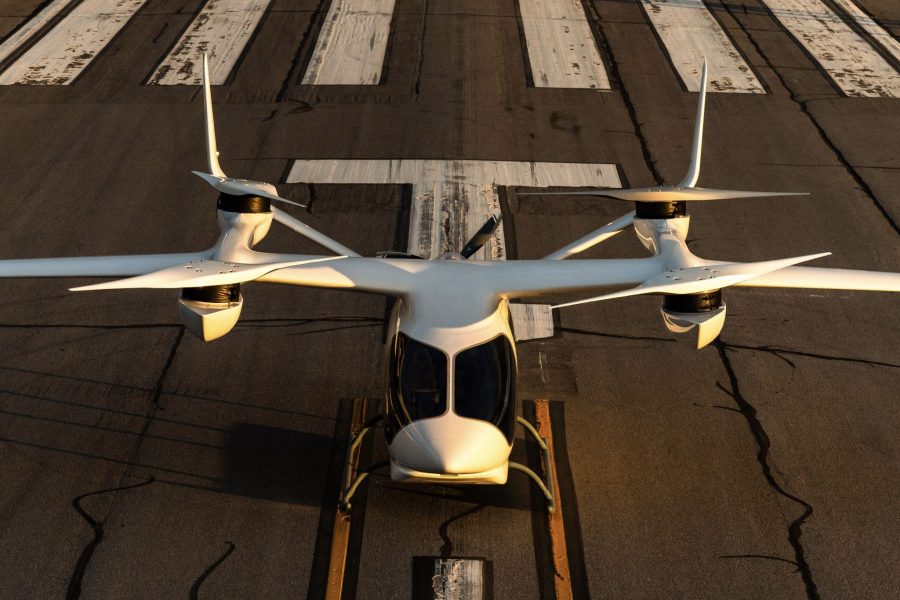

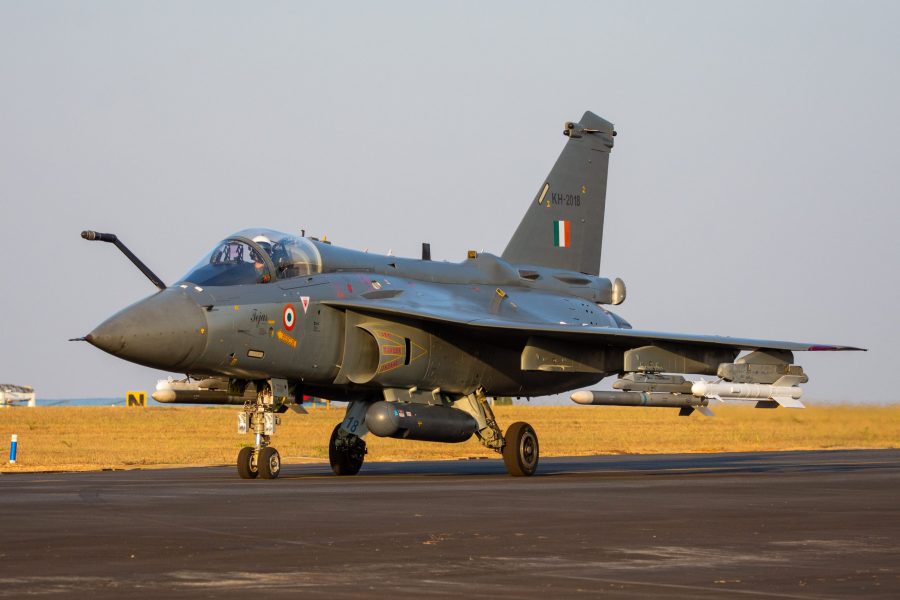
Comment